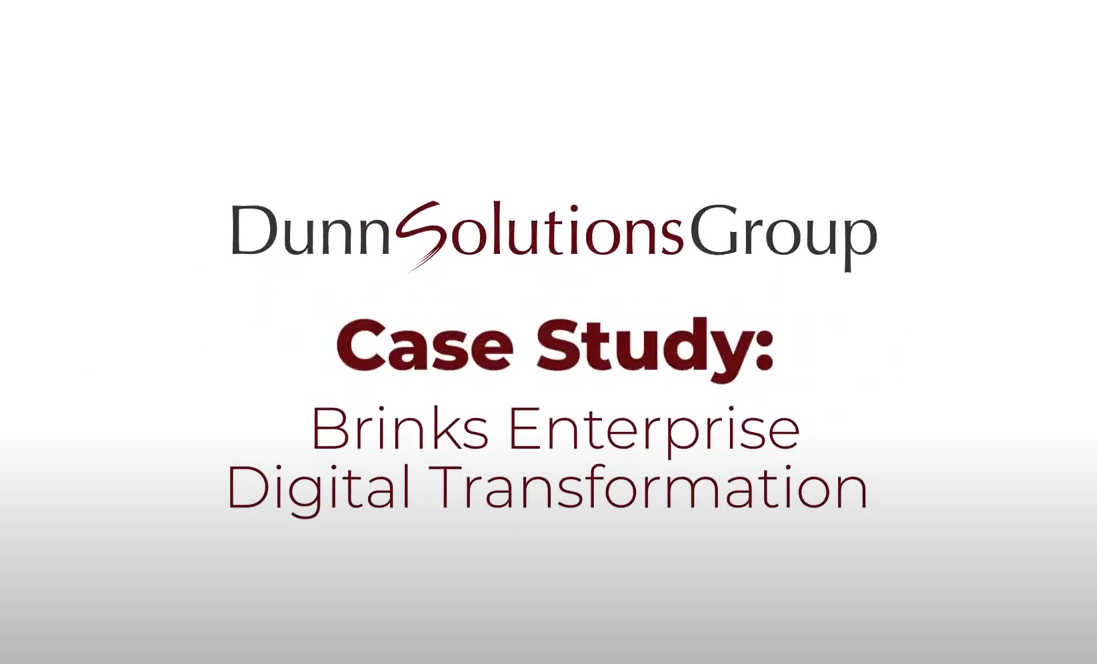
Kenneth Yeung
1 Year Ago
There is currently a big wave of SharePoint 2013 migrations in the business world and I thought this would be a good time to have a look at the product and reveal why companies are so eager to upgrade.
Many of us know how easy it is to manage documents/content on SharePoint, but do you know the other features that SharePoint 2013 has to offer? To start with, I'll share a few of my favorites. SharePoint 2013 offers an incredibly advanced search where you get to preview the document directly from the search result. Next, SkyDrive (recently known as OneDrive) is a great file hosting service that lets you preserve the documents on the cloud for personal and sharing purposes. Also, a robust workflow feature not only helps you set rules that associate conditions, but helps you resolve many “how to” scenarios.
Let's explore some of the other new features that present opportunities for organizations to reduce costs and introduce new process efficiencies.
Free Users
Now who doesn’t like something that comes for free? Yes, free!! One of the exciting new features is the ability to collaborate with people outside the organization who don’t have an O365 license. You can allow sharing on multiple levels: you can either send sharing invitations and request the external users to be authenticated users, or share with anonymous guest links. You can either share your site, your list, or your list items with external users. And, you can now easily manage external users in the SharePoint admin center. These new sharing capabilities should result in a substantial cost reduction for organizations that frequently share a large amount of documents with external clients, vendors, partners and customers.
The Design Manager:
This feature is a publishing tool that helps you manage master pages, composed looks, reusable style templates and more. It short, it enables designers to work better with SharePoint to achieve a customized look and feel. It helps designers create a visual design by using whatever web design tool or HTML editor they prefer, using only HTML and CSS, and then uploading that design into SharePoint.
It also helps you decide which master page should be utilized for different device types e.g.: phone, iPad, Surface, etc.
Community:
Global companies have employees throughout the world, and communicating with the experts your projects rely on across many time zones becomes complicated and results in a large volume of emails that become difficult to search through. The community feature in SharePoint 2013 allows users to have open discussions with other users, and identify users with specific expertise. Although the SharePoint 2010 feature wheel listed Communities as a component, it left a lot to be desired. In SharePoint 2013, many of the feature gaps have been addressed. And there is some gamification: users gain reputation points by participating in the community and users may receive system-awarded badges by achieving specific reputation points, or users may manually grant badges to other users.
New Search Experience
In my opinion, the "game changer" feature of SharePoint 2013 is the new “Continuous Crawl” option for search. This helps you get the latest result every time.
The top features of Search in SharePoint 2013 are:
Document Preview
The user can simply hover over the search result item and preview content without having to open or download the document explicitly. The preview functionality uses office Web Apps to show the content. And this is an out-of-the-box feature for the users.
Visual Refiners
Also known as additional filters, the visual refiners can be further applied to narrow the search results. Although filters are not new to SharePoint, Microsoft has put in a nice visual interface for this operation for outstanding usability.
Content Search Web-part
This is a very powerful web-part for search-driven sites, which in turn enable personalization. You can use this to display content on the intranet or internet that comes from anywhere your SharePoint site is indexing.
Fast is Built-in
SharePoint 2013 search combines the best of SharePoint 2010 search and the FAST search. This is now in-built. This results in much faster, more powerful and scalable search results for the users.
Personalized searching
Microsoft aims to tailor the search result based on user behavior on the SharePoint site, including the user’s favorites, tags and recently searched items. This improves the user’s search experience.
Apps
With the growing use of the smartphone and mobile apps, Microsoft decided to introduce Apps to SharePoint 2013. An organization can create its own app for their business needs and publish it for use across their sites. The Apps can be developed either through NAPA tool (another app that SharePoint facilitates to create Apps) or the native Visual Studio. All the apps created on NAPA can also be open on Visual Studio. The amazing fact of the app is that there is no need to manage the custom code on a server- it's easy to maintain and upgrade. It offers quicker delivery time and helps in better integration of external services thus extending SharePoint.
Cross Site Publishing
This wonderful feature allows you to create and maintain content in one SharePoint site and utilize it on other site collection in a very efficient way. It eliminates the redundancy and helps the site collections to evolve as an ecosystem.
Business Intelligence
SharePoint 2013 prove critical in helping managers and workers make decisions with its vastly improved Business Intelligence- BI capabilities and support for big data. In addition to some relatively minor improvements, such as Chart Web Part, Microsoft made significant enhancement to Excel services, Visio services and PerformancePoint services. Excel services support much more data than ever before, and for the first time leverages PowerPivot. Visio services can now use BCS [Business Connectivity Services] to link with external data sources. PerformancePoint now plays well with SQL server analysis service.
Digital Asset Management
The DAM feature in the previous version was very limited. However in SharePoint 2013, it helps organizations to store large videos, images and other content in an efficient way. This digital content can be reused on pages throughout the site.
Improved Performance
As Microsoft focuses on the cloud version of SharePoint, the 2013 version of on-premise and online has been optimized for faster load times and better overall performance. Quicker page load and responsiveness improves the overall user experience.



